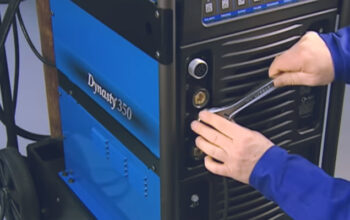In the past, radiators have simply been used to heat our homes – plain, white and fading into the background. But this has all changed with designer radiators. With a huge range of styles, finishes, and even colours that you can use, your home will be anything but boring! Take advantage of a stunning polished towel radiator, or create a talking point with a coloured, vertical radiator. The choice is yours, and there is something to suit everyone. Knowing how to take care of your new radiator is essential – read on for tips and tricks to help you.
Why Choose A Designer Radiator?
Designer radiators are making their way into homes across the country and for good reason! They are becoming more advanced and attractive so you can benefit from high-quality heating that adds to your home’s interior, rather than detracts from it. Here are a few reasons why making the switch from plain, white radiators to modern, designer radiators could benefit you.
- Efficient: As your radiators get older, they will become less efficient. They may suffer issues like blockages, and air within the radiator, and become more susceptible to issues that require regular costly repairs. You will end up using more energy to heat your radiators because of this. Modern radiators are designed to be more energy efficient, using less water and requiring less energy to heat your home.
- Stylish: When you think about radiators, stylish is not the word you would use to describe them – but modern radiators offer some of the most stylish products on the market, from column radiators, vertical towel radiators, coloured radiators, and radiators with a variety of finishes, there is bound to be a stylish addition to suit you.
How To Look After Them
So, if you choose to install a modern radiator in your home, there are a few factors that you will need to think about to ensure you’re getting the best out of your new product and keep it in the best condition to benefit your home’s heating and interior. Here are a few factors to keep on top of to ensure you’re getting the best from your new installation.
Keep Up With Health Checks
You may not realize it, but regularly checking your heating system for problems means you can identify them before it’s too late. There are a few things you can do to check how your system is working. Firstly, it always helps to get to know where everything is located, for example, the stopcock, your boiler switches, and the various valves on radiators used to adjust settings. Secondly, to check your radiators are working as they should, you should turn the heating on and check each radiator to ensure they are heating up effectively. This way, you can identify cold spots which usually indicate sludge or air in the system. Checking them regularly means you can deal with them swiftly, to ensure you can use them when you need warmth most.
Bleed Your Radiators
You should always learn to bleed your radiators, this way, you can keep your designer installations working as they should. You can do this easily at home with a few tools – it’s a great way of getting rid of cold spots so your radiator works efficiently. By opening the exit valves and opening the bleed valve – in doing so, you will hear a hissing sound – air will escape, along with a few drops of water. When the water turns into a stream, close the valves and the job is done! You can find tips, tricks, and tutorials to help online.
Deep Clean
You should treat your designer radiator like a piece of furniture, so cleaning it is a must. Keeping it free of dust allows it to heat your home more effectively and can keep your radiator looking as good as new. To get rid of dust, you could use a vacuum or feather duster. You could also wipe it with a soapy cloth to get rid of any stubborn marks or stains. Using a dry cloth to wipe off excess water can keep your radiators looking sparkling and working perfectly.



